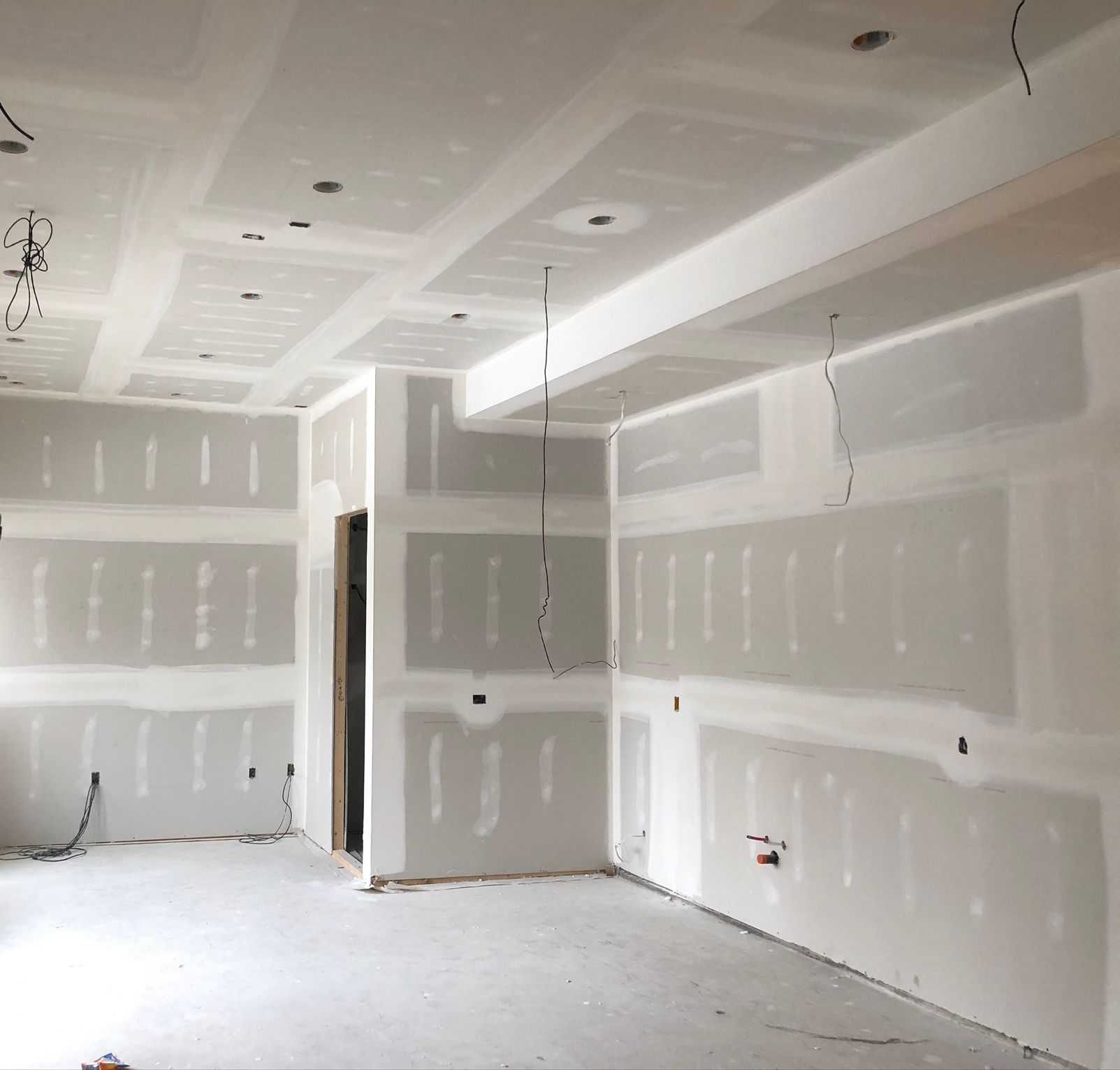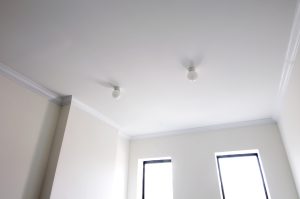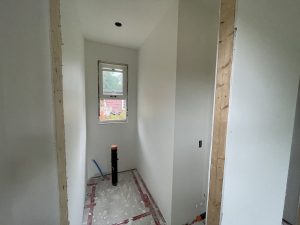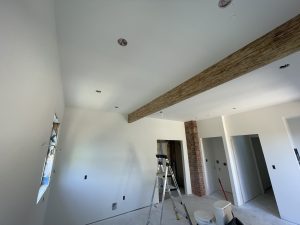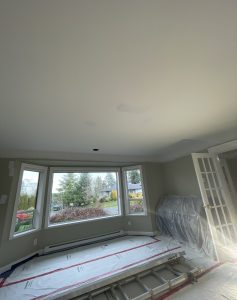Building a high-end custom home is an exciting journey that involves many intricate details, one of which is the drywall installation process. Drywall is essential in shaping the interior spaces, contributing not only to aesthetics but also to the structural integrity and energy efficiency of the home. This article delves deep into the drywall installation process for large residential projects, particularly in Victoria, highlighting techniques, materials, and best practices to achieve the finest finish.
1. The Importance of Drywall in Custom Homes
What is Drywall?
Drywall, also known as gypsum board or plasterboard, is a construction material used to create walls and ceilings. It consists of a gypsum core sandwiched between two sheets of heavy paper. This versatile material is favored for its ease of installation, fire resistance, and soundproofing qualities.
Why Choose High-Quality Drywall?
In high-end residential construction, quality matters. High-grade drywall offers better durability and finishes, which are essential for luxury homes. Whether it’s moisture-resistant drywall for bathrooms or soundproofing options for media rooms, selecting the right type of drywall sets the foundation for a successful installation.
2. Planning and Design
Collaboration with Architects and Designers
Before any installation can take place, effective planning is crucial. Collaborating with architects and interior designers helps outline the scope of work and align the vision for the project. This collaboration ensures that every detail, including wall placements, ceiling heights, and any architectural features, is considered.
Creating a Detailed Blueprint
The blueprint serves as a roadmap for the drywall installation. It should include:
- Wall Layout: Detailed placements and any variations in wall heights.
- Special Features: Identifying areas for built-ins, niches, or custom architectural details.
- Material Specifications: Choosing the appropriate drywall type for each area, ensuring that it meets both functional and aesthetic requirements.
3. Preparing the Space
Site Inspection
Prior to installation, conducting a thorough site inspection is critical. This involves checking that all framing work is completed and in good condition. Any discrepancies or damages should be addressed before moving forward.
Clearing the Area
A clean, unobstructed work area is essential for a smooth installation. Remove any furniture, fixtures, or obstacles that might hinder the process, allowing the drywall team to work efficiently.
4. Measuring and Cutting
Precision in Measurement
Accuracy is paramount when it comes to measuring for drywall. In large residential projects, the stakes are high, and any errors can lead to wasted materials and increased costs. Measuring each wall carefully ensures that the drywall fits perfectly.
Techniques for Cutting Drywall
Using specialized tools, such as a drywall saw or utility knife, skilled installers can cut the drywall to the required dimensions. This process includes:
- Cutting to Size: Accurately cutting sheets to fit around windows, doors, and electrical outlets.
- Creating Clean Edges: Ensuring that cuts are straight and clean to facilitate better joint sealing.
5. Installation Techniques
Hanging the Drywall
The method of hanging drywall can greatly affect the final look of the installation. For luxury homes, the following techniques are commonly employed:
- Top-Down Installation: Starting from the ceiling, drywall sheets are secured in place, moving downwards to ensure stability and minimize sagging.
- Using Screws Instead of Nails: Screws provide a stronger hold and reduce the risk of the drywall pulling away from the studs over time.
Unique Architectural Features
High-end custom homes often feature unique architectural details, such as:
- Curved Walls: Special techniques are required to create the smooth, flowing lines of curved walls, often using flexible drywall.
- Custom Ceilings: Coffered or tray ceilings demand precise measurements and skilled craftsmanship, showcasing the ability of drywall to enhance design elements.
6. Taping and Mudding
The Importance of Taping
Taping is a critical step in achieving a seamless look. After hanging the drywall, installers cover the seams between the sheets with joint tape to prevent cracks and enhance durability. High-quality tape ensures a strong bond and minimizes the risk of future damage.
Applying Joint Compound
Joint compound, or “mud,” is applied over the taped seams and screw holes. This process involves:
- First Layer Application: A thin layer of mud is spread over the tape and screws to create a level surface.
- Subsequent Layers: Additional layers are applied after the first dries, allowing for a perfectly smooth finish. Skilled installers typically apply three or more layers for luxury finishes.
7. Sanding and Finishing
Achieving a Smooth Surface
Sanding is essential for achieving the finest finish. Once the joint compound dries, the surface must be sanded down to eliminate imperfections. This step is particularly important in high-end residential projects, where visual appeal is paramount.
- Using Specialized Tools: Installers often use pole sanders or sanding sponges to reach high areas and corners.
- Dust Control: Implementing dust control measures, such as using vacuum sanders, helps maintain a clean work environment.
Priming and Painting
Once the drywall is sanded and smooth, a primer is applied. This prepares the surface for painting and ensures even color distribution. In luxury homes, selecting high-quality paint enhances both durability and aesthetic appeal.
- Choosing Colors: Color selection should align with the overall design scheme and personal preferences of the homeowner.
- Finishing Touches: The final coat of paint adds the perfect finishing touch, ensuring that the walls look flawless.
8. Final Inspection and Touch-Ups
Quality Control
A thorough final inspection is crucial to ensure the highest standards are met. This involves checking for:
- Seam Visibility: Ensuring that all seams are properly covered and invisible.
- Surface Flaws: Identifying any imperfections that may require touch-ups or additional sanding.
Conducting Touch-Ups
Skilled installers meticulously address any identified issues. Touch-ups may include:
- Reapplying Joint Compound: Any areas that require additional mud are carefully treated and sanded again.
- Final Paint Adjustments: Ensuring consistent color and finish throughout the space.
9. Advantages of Hiring Professionals
Expertise in Installation
Hiring professional drywall installers ensures that the job is completed efficiently and to the highest standards. Professionals bring valuable expertise, particularly in custom projects that require specialized skills.
Time and Cost Efficiency
While DIY may seem appealing, the potential for errors can lead to costly mistakes. Professional installers save time and ensure that the installation is completed correctly the first time, protecting the homeowner’s investment.
Quality Assurance
Experienced professionals understand the nuances of high-end installations, ensuring that every detail is attended to. Their expertise guarantees a flawless finish that meets or exceeds industry standards.
Conclusion
The drywall installation process is a vital element of constructing high-end custom homes. From careful planning and precise measurements to skilled installation techniques and meticulous finishing, every step contributes to the overall quality and appeal of the home. By understanding this process, homeowners can make informed decisions that align with their vision for a luxurious living space.
Call to Action
If you’re planning a large residential project in Victoria and want to ensure your drywall installation meets the finest standards, contact us today for a consultation! Our team of professionals is dedicated to delivering exceptional results tailored to your unique vision.

